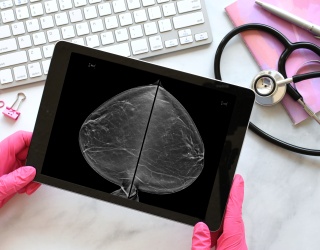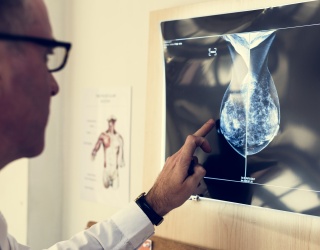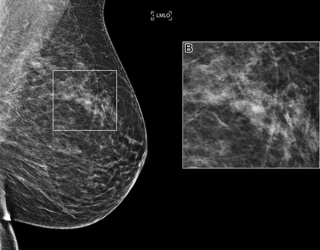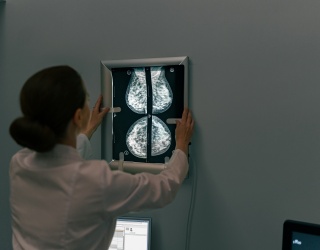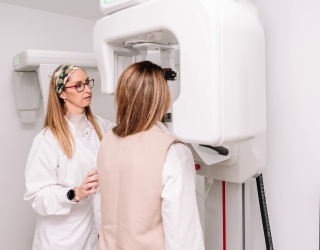Researchers at Washington University School of Medicine in St. Louis (WashU Medicine) have developed Prognosia Breast, an AI-based software that predicts a woman’s personalized five-year risk of developing breast cancer. The tool has received the U.S. Food and Drug Administration (FDA) Breakthrough Device designation, enabling an expedited review process for market approval.
Licensed to Prognosia Inc., the system analyzes both 2D full-field digital mammography and synthetic 3D digital breast tomosynthesis images to generate an absolute five-year risk score. This score allows clinicians to compare an individual’s risk with average national incidence rates and make evidence-based recommendations for follow-up, in line with U.S. national guidelines.

How the Technology Works
“We’re excited about the potential of this technology to improve risk prediction and prevention of breast cancer broadly, no matter where a woman is getting screened,” said Graham A. Colditz, MD, DrPH, Niess-Gain Professor of Surgery at WashU Medicine and associate director of prevention and control at Siteman Cancer Center, co-developer of Prognosia Breast and co-founder of Prognosia Inc.
The machine learning model was trained on tens of thousands of past mammograms from patients screened at Siteman Cancer Center. Some of these patients later developed cancer, enabling the system to detect subtle early changes not visible to the human eye. According to developers, Prognosia Breast is 2.2 times more accurate than standard questionnaire-based methods, which typically consider age, race, and family history.
Clinical Relevance and Adoption Potential
The tool is designed to complement radiologists’ evaluations, not replace them. According to the American Society of Clinical Oncology and the U.S. Preventive Services Task Force, a five-year risk score of 3% or higher is considered elevated, triggering recommendations for additional screening or preventive interventions.
The infrastructure needed to deploy the system is already in place wherever mammography is offered. Centers for Disease Control and Prevention data show that more than 75% of U.S. women aged 50–74 have had a mammogram within the past two years, suggesting a strong potential for immediate integration.
Next Steps: Clinical Trials
A planned clinical trial at Siteman Cancer Center will evaluate Prognosia Breast alongside standard screening protocols, including breast density measurements. Women identified as high risk will be referred to breast health specialists for further counseling and preventive care planning.
“Despite the sophistication of today’s breast imaging and its broad use for identifying existing tumors, today’s risk prediction for breast cancer is still questionnaire-based and not very good at estimating future risk,” said Shu (Joy) Jiang, PhD, an associate professor of surgery in the Division of Public Health Sciences in the Department of Surgery at WashU Medicine, co-developer of Prognosia Breast and co-founder of Prognosia Inc. “Moving to image-based risk prediction — which our studies have shown is much more accurate — has the potential to be revolutionary for patient care.”

